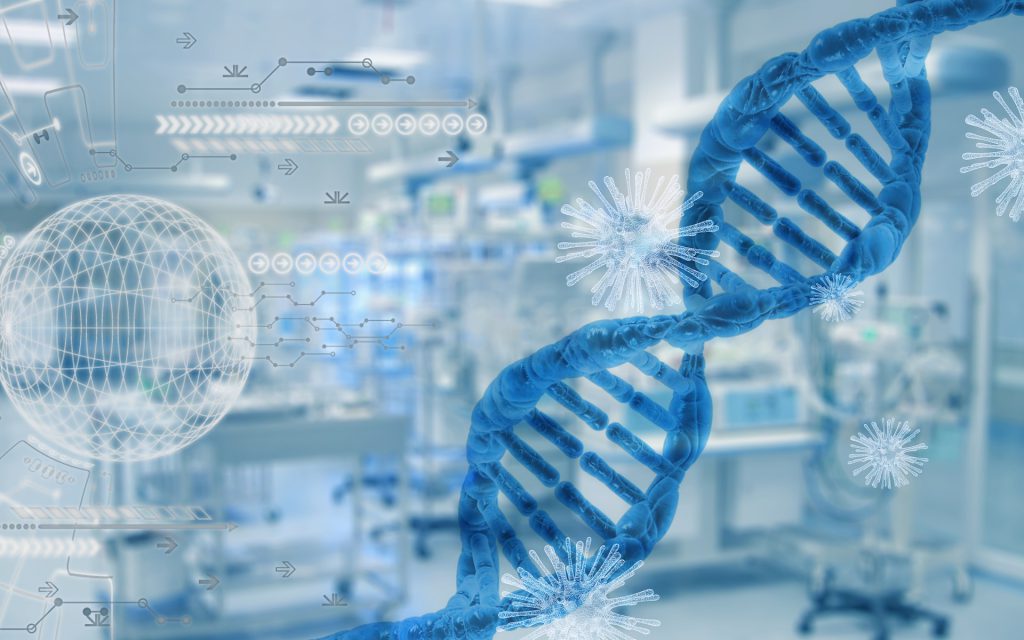News

• Cetaqua and the BIOCOMSC research group of the Polytechnical University of Catalonia -BarcelonaTech (UPC) establish a mathematic model able to predict SARS-CoV-2 incidence in Catalonia throughout the epidemiology based on wastewater.
The assessment of wastewater-based epidemiology proved to be a very useful tool to supervise the growth of the COVID-19 pandemics. Nonetheless, there have been established few quantitative models that compare the virus concentrations on the wastewater samples and the accumulated incidence.
In this sense, and with the title “Assessing wastewater-based epidemiology for the prediction of SARS-CoC-2 incidence in Catalonia”, academic and research entities have recently published a scientific article presenting the collection dedicated to SARS-CoV-2 in Scientific Reports, the scientific magazine of Nature, that studies the relation between the concentration of the SARS-CoV-2 virus in wastewater and the accumulated incidence during the whole contagion waves of the pandemics throughout a mathematical model.
Drawing a numerical relation allows us to know, by means of a drainage water sample and its posterior analysis, the number of people affected in a concrete territory.
The mathematical model developed, can relate the concentration of the virus when it enters a treatment plant with the accumulated incidence reported by the local hospitals corresponding to a wave contagion period. Both scenarios have been tested by using a set of data providing from 32 different water treatment plants covering the geographical areas corresponding to a 7-month period, including two contagion waves.
“The mathematical model, based in the wastewater data, has demonstrated a good correlation with the accumulated cases and has allowed us to anticipate de incidence of SARS-CoV-2 in a week, which is particularly relevant in situations in which the epidemiology surveillance cannot be applied fully”, Bernat Joseph Duran, project manager of the digital area in Cetaqua.
“We have proven that, eventually, it is possible to carry out an epidemiology quantitative surveillance from the analysis of wastewater. It is, in fact, a viable and highly interesting proposal. Working side-to-side with Cetaqua has been a privilege for us. When it comes to research, public-private collaboration is essential! Clara Prats, research group of Computational Biology and Complex systems (BIOCOM-UPC).
Clara Prats, Daniel López-Codina, Enric Álvarez-Lacalle and Sergio Alonso, researchers from the research group of Computational Biology and Complex systems (BIOCOMSC) of the Polytechnical University of Catalonia – BarcelonaTech (UPC); Martí Català, from Nuffield’s Department of Orthopedics, Rheumatology and Musculoskeletal Sciences from Oxford University in the United Kingdom, and Bernat Joseph Duran, albert Serra Compte, Miquel Sàrrias, Susana González and Marina Arnaldos from Cetaqua, Water Technology Centre have participated in the study.
A collaboration that has turned out particularly useful because of the experience in mathematics epidemiology of the UPC, and the knowledge and expertise in the management of the integral water cycle and the persistence of the virus in the Cetaqua sewage network. The study has been carried out with data from the Catalan Water Research Institute (ICRA, by its acronym in Catalan) and the Generalitat de Catalunya.